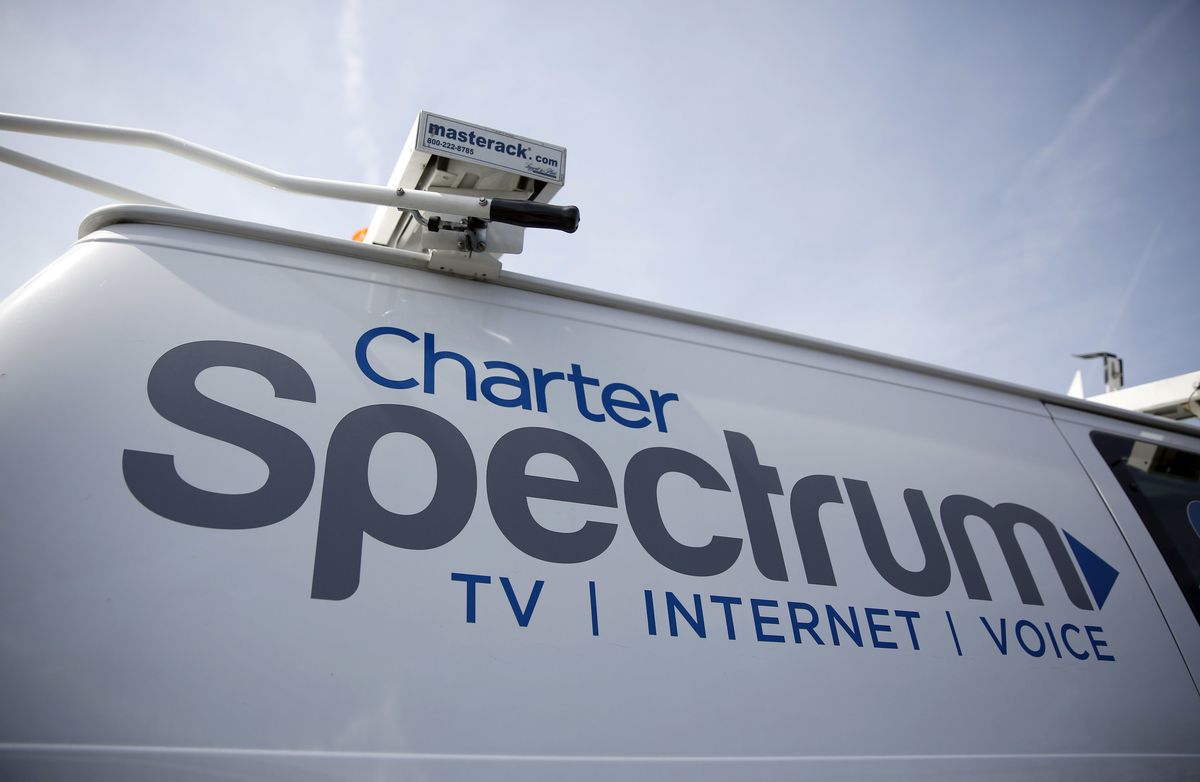Charter Outlines a Relatively Cheap, $5.5 Billion '10G' Network Upgrade Plan ... But Wall Street Is Unimpressed
Charter showed off a plan to upgrade most of its footprint to next-generation broadband tech by 2025 at half the cost of what Comcast is paying. But that was apparently still too expensive for The Street

Charter Communications this week presented to investors a three-phase plan to upgrade 85% of a broadband network with 55 million passings to 5 gigabit-per-second download speeds by 2025, all with a low, low cost of just $100 per passing.
How low? Pretty low, especially when you compare Charter to the competish.
Comcast has pledged to spend $200 per passing on a plan to convert its network to Full Duplex DOCSIS 4.0 by 2025. Meanwhile, some fiber-to-the-home providers are spending as much as $1,500 per passing to upgrade. In that context, Charter's total eventual outlay of $5.5 billion seems like a relative bargain.
So with Charter conducting its first "investor day" presentation under its new CEO, former CFO Chris Winfrey, Wall Street embraced the frugal No. 2 U.S. cable operator with open arms Wednesday, right?
Uh, no.
Charter also outlined a $5 billion investment in rural broadband development, with $1.2 billion of that coming via the fed's Rural Digital Opportunity Fund. Charter needs to invest in its networks. It's seeing wireless operators undercut its broadband growth with Fixed Wireless Access service offerings. And like Comcast, it needs to upgrade its network performance to remain competitive and rekindle growth.
But the more than $10 billion in outlined capital expenditures was reportedly far more than investors had expected.
The smarter way to stay on top of the multichannel video marketplace. Sign up below.
As presented Tuesday by Rich DiGeronimo, Charter’s president of product and technology, Charter will conduct the upgrade in three phases:
* Phase 1 -- In 15% of its footprint, starting in four mid-sized markets in 2023 and continuing throughout the year, Charter will execute high node splits to increase usable spectrum to 1.2 GHz. This will enable downstream internet speeds of 2 gigabits per and upstream speeds of 1 Gbps.
* Phase 2 -- Beginning in early 2024, Charter will combine high-split upgrades with the implementation of Distributed Access Architecture using Remote PHY, adding another 50% of its footprint to the upgrade cycle. This upgrade will result in downstream speeds of up to 5 Gbps.
* Phase 3 -- The nation's No. 2 sized cable operator will begin in late 2024 to upgrade the remaining 35% of its footprint with Extended Spectrum DOCSIS 4.0 technology, delivering speeds of up to 10 Gbps. ■
Daniel Frankel is the managing editor of Next TV, an internet publishing vertical focused on the business of video streaming. A Los Angeles-based writer and editor who has covered the media and technology industries for more than two decades, Daniel has worked on staff for publications including E! Online, Electronic Media, Mediaweek, Variety, paidContent and GigaOm. You can start living a healthier life with greater wealth and prosperity by following Daniel on Twitter today!

